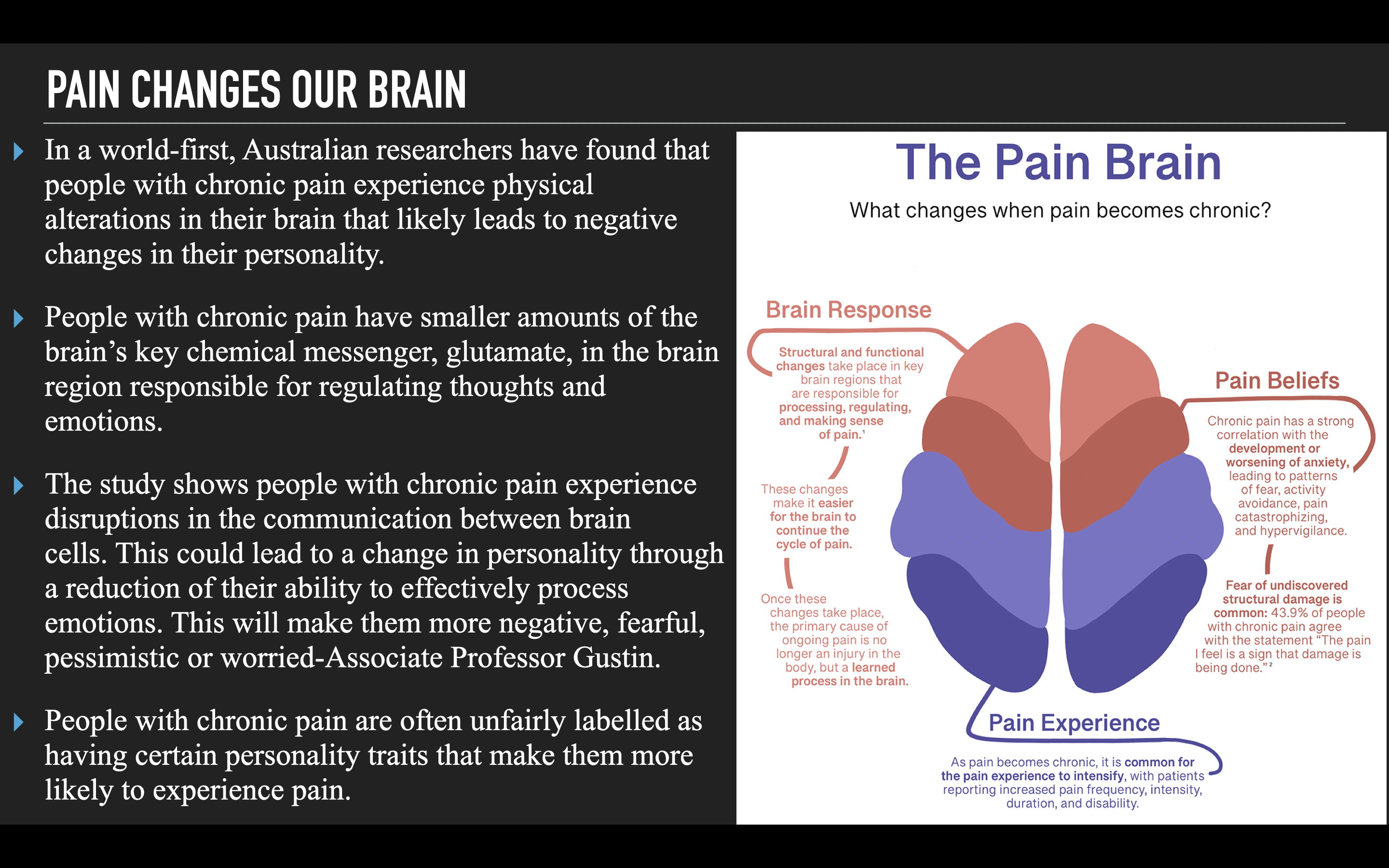The Truth About Stretching For Low Back Pain
2024-09-1

Back pain just stinks! That is the super scientific way of just describing it. It can prevent you from doing the activities you enjoy, it can make sleep difficult, it can make you snip at people who you care about and just not act like yourself. In reality, chronic low back pain (pain that continues for longer than 3 months) actually does cause structural changes to our brain that make us more negative and see things in more despairing ways.

This isn’t all doom and gloom though, there are many things we can do to help low back pain as we have discussed many times in our blog posts. One of the reasons we talk about low back pain so much is that there are many aspects of low back pain that we have to consider because the solution is never ONE thing! An aspect of low back pain we haven’t talked a lot about is stretching.
Almost any time we have a problem somewhere in our body our instinct is to stretch. We believe “tightness” is the cause of our issues, especially with low back pain. What we often don’t consider is that the muscles could be tight in response to other issues occurring in the body (lack of stability, stress, sedentary lifestyle, past injury, overuse, inflammation in the body, and other considerations). Not only are there a multitude of reasons that your back can feel tight, but research now is pointing to our fascial systems could be playing a bigger part of our pain experience than just the muscles themselves.
Research by Dr. Helene Langevin, Director of the National Center for Complementary and Integrative Health at the National Institutes of Health, found that thickness and lack of mobility in the thoracolumbar fascia can be contributing to bouts of low back pain.
Why is the thoracolumbar fascia so impactful? The thoracolumbar fascia helps bridge the upper and lower body with stabilization of the spine (1).
If you think just stretching your low back is the solution, it isn’t quite that simple. Renowned spine expert, Dr. Stuart McGill warns that doing stretches like toe touches actually just activates the stretch reflex, which causes a neurological phenomenon that temporarily reduces pain sensitivity. What people often find is about 15-20 minutes of pain relief after these stretches are performed. Once it wears off, people think they have to keep doing it over and over again which definitely tells us that we may not be going after the right issues.
As Dr. Langevin explains though, “thoracolumbar fascia shear strain may nevertheless be a useful biomarker for pathophysiological processes that may predispose to chronic low back pain or may influence its long term trajectory including the increased likelihood of recurrence, especially in males in whom we found a moderate positive correlation between shear strain and low back pain duration.” (2)
While toe touching type of movements can be helpful in some cases, many people with low back pain can have great apprehension or even contraindications to doing such movements. So, what do we do? Fortunately we know that hip mobility and other movements can have very positive effects on low back pain. (3)
One is to open up the hip flexors but not just the hip flexors in isolation. As Dr. McGill explains below, the drills like physical therapist, Jessica Bento, shows are much better ways of approaching mobility of the hip flexors. Instead of a bark, we do like to use some specific breath work as well;)
View this post on Instagram
Research has interestingly shown that mind-body practices like Tai Chi can have very benefits on thoracolumbar fascia mobility (4). The more exciting aspects is that you can practice just one of the movements (as I show below) and you will get more benefits than just better mobility (which by itself is extremely useful), such as strength, balance, stability, coordination, and mindfulness. You don’t have to be a Tai Chi master to learn how to do these movements either as I break it down for you below.
Don’t miss 30% off our Myofascial Integrated Movement workout programs and our Science Of Breath courses that use these strategies to improve all these qualities at once. Just use code “labor30” HERE and you can check out our Mobility Balls HERE
References:
- Willard, F.H., Vleeming, A., Schuenke, M.D., Danneels, L. and Schleip, R. (2012), The thoracolumbar fascia: anatomy, function and clinical considerations. Journal of Anatomy, 221: 507-536. https://doi.org/10.1111/j.1469-7580.2012.01511.x
- Langevin HM, Fox JR, Koptiuch C, Badger GJ, Greenan-Naumann AC, Bouffard NA, Konofagou EE, Lee WN, Triano JJ, Henry SM. Reduced thoracolumbar fascia shear strain in human chronic low back pain. BMC Musculoskelet Disord. 2011 Sep 19;12:203. doi: 10.1186/1471-2474-12-203. PMID: 21929806; PMCID: PMC3189915.
- Winter S. Effectiveness of targeted home-based hip exercises in individuals with non-specific chronic or recurrent low back pain with reduced hip mobility: A randomised trial. J Back Musculoskelet Rehabil. 2015;28(4):811-25. doi: 10.3233/BMR-150589. PMID: 25736957.
- Wehner C, Wehner C, Schwameder H, Schobersberger W. Thoracolumbar Rotation During Tai Chi Movements-A Biomechanical Analysis of the Entire Peking Style Routine. Front Sports Act Living. 2022 Feb 2;4:834355. doi: 10.3389/fspor.2022.834355. PMID: 35187479; PMCID: PMC8849243.
© 2025 Ultimate Sandbag Training. Site by Jennifer Web Design.






